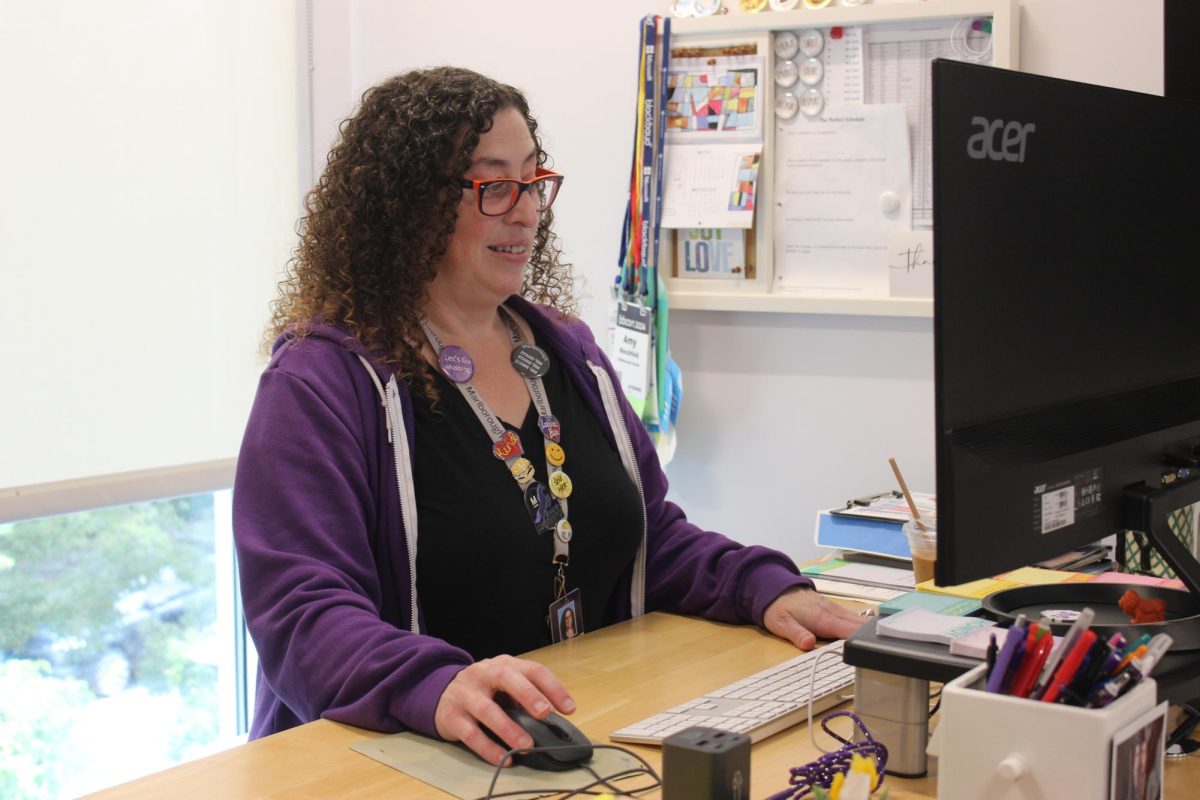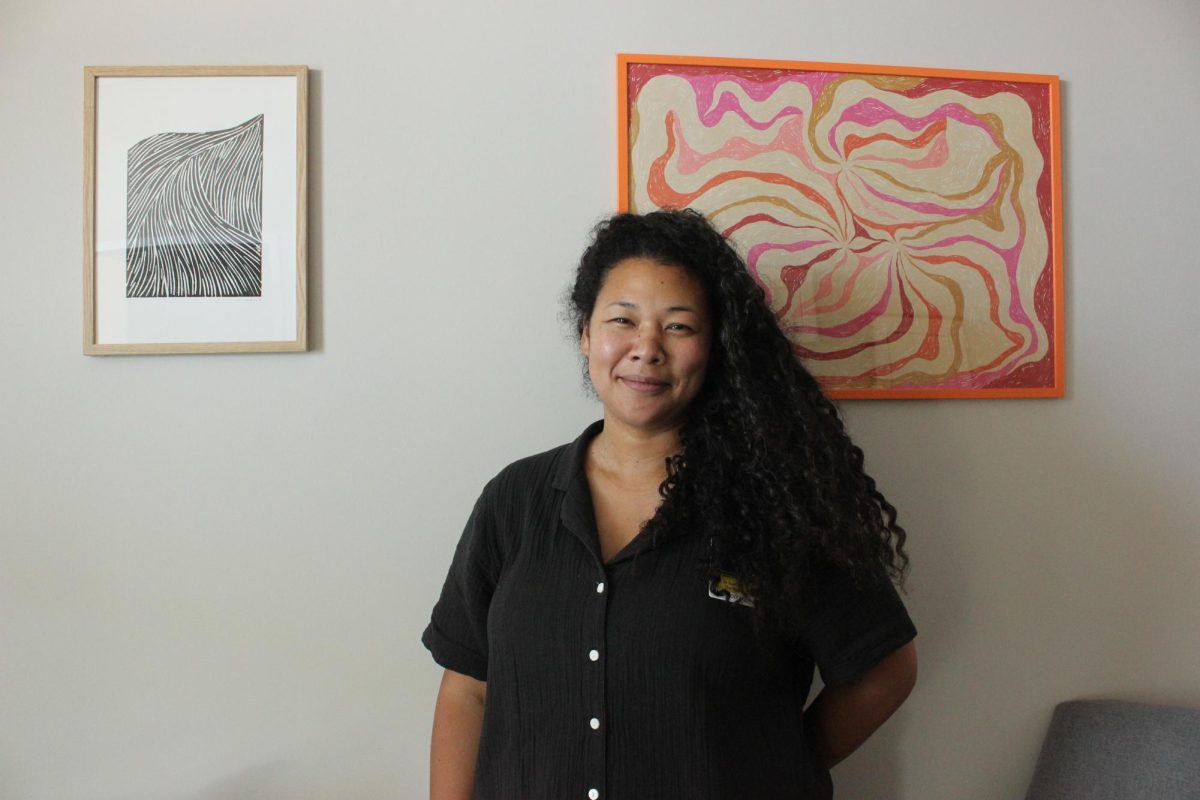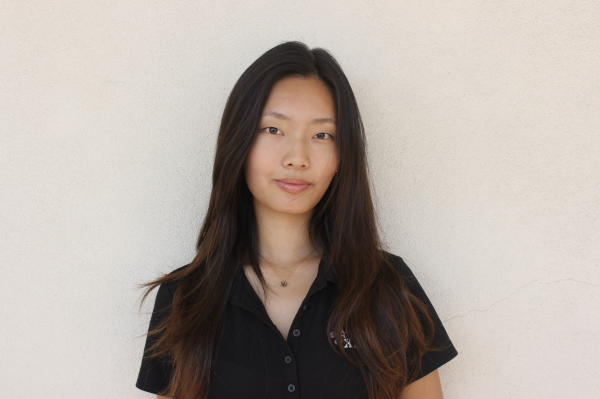Every March, World Language students are assessed on their speaking, reading, writing and listening abilities as part of a larger holistic process to determine their placement in the following year’s courses. As of this year, the World Languages Department transitioned from the American Council on the Teaching of Foreign Languages Assessment of Performance toward Proficiency in Languages (AAPPL) to the StAndards-Based Measurement of Proficiency Test (STAMP) to better gauge each student’s individual proficiency level.
The World Languages Department started to discuss the possibility of looking for alternative tests to the AAPPL last year, as the test had become technologically outdated. When World Languages Department Head Andrea Fuentes began researching other options, STAMP’s technology features caught her eye.
“The STAMP really stood out as the better [test] because of its adaptive technology,” Fuentes said.
The AAPPL asks every student the same questions regardless of the varying levels of their answers. In contrast, the STAMP responds to individual abilities and modifies the difficulty level of the next questions based on students’ previous responses.
French Instructor David Sainsily, whose French IV class tested the STAMP in December 2023, noticed that this adaptive technology provides teachers with a more exact measure of students’ skills.
“There seems to be more diversity or variety in the types of questions that each student has,” Sainsily said. “Their results seem to be more precise than the AAPPL.”
The World Languages Department anticipates that the shift from the AAPPL to the STAMP will be beneficial for both students and teachers.
Fuentes believes that the STAMP will provide language instructors with a more comprehensive understanding of what their students are capable of and will give insight into how instructors can improve their own teaching methods.
“I’m hoping that we’ll get results that are more accurate to each individual student and in turn will also inform our own teaching and give us data on areas that we should be focusing on in our own curriculum, or it will further reinforce what we’re already doing,” Fuentes said.
This positive sentiment towards the STAMP was also expressed by the students who tried the test in December. Caroline ’25, one of Sainsily’s French IV students, shared that she favored the STAMP over the AAPPL.
“I thought [the adaptive technology] was really nice because I could tell I was performing well when the questions got progressively harder,” Caroline said. “Overall, I think I preferred [the STAMP] a lot more.”
The transition to the STAMP was relatively seamless for language classes, as the testing process itself does not look different compared to the AAPPL; students still take the test individually on their computers during a class period. However, overall, the STAMP provides a more updated way for Marlborough’s language instructors to evaluate their students’ progress and for students themselves to gain a stronger understanding of their proficiency level.
“It’s an opportunity for us to know how much you are able to communicate as a language student and to inform our practice as language teachers,” Fuentes said.









